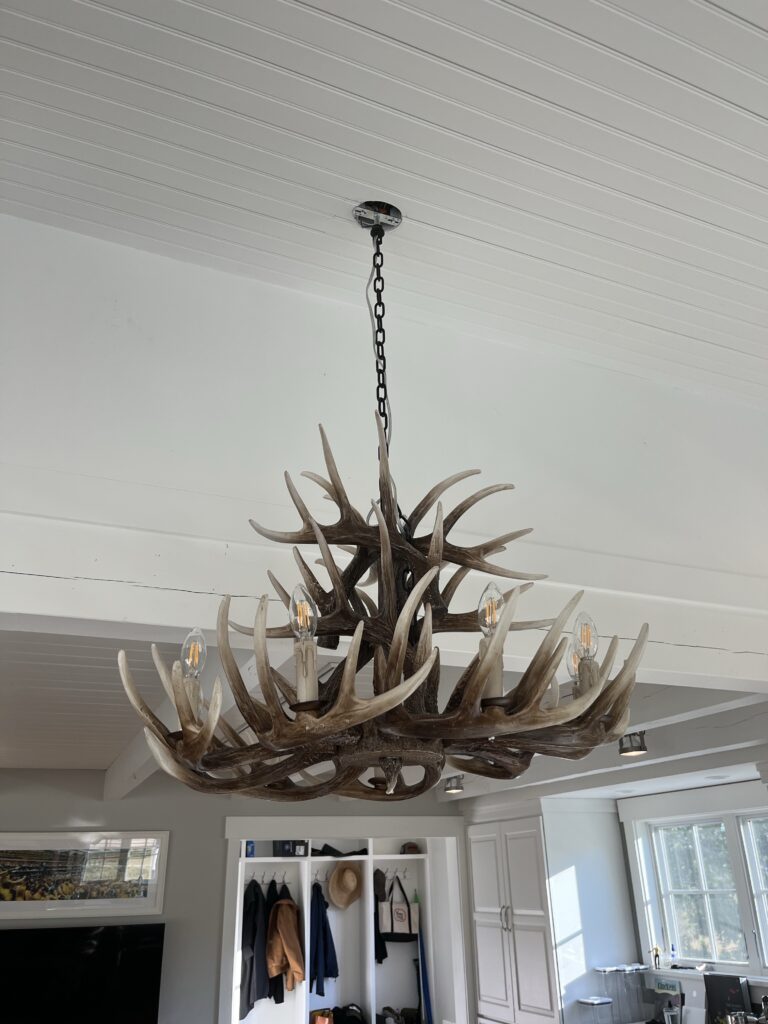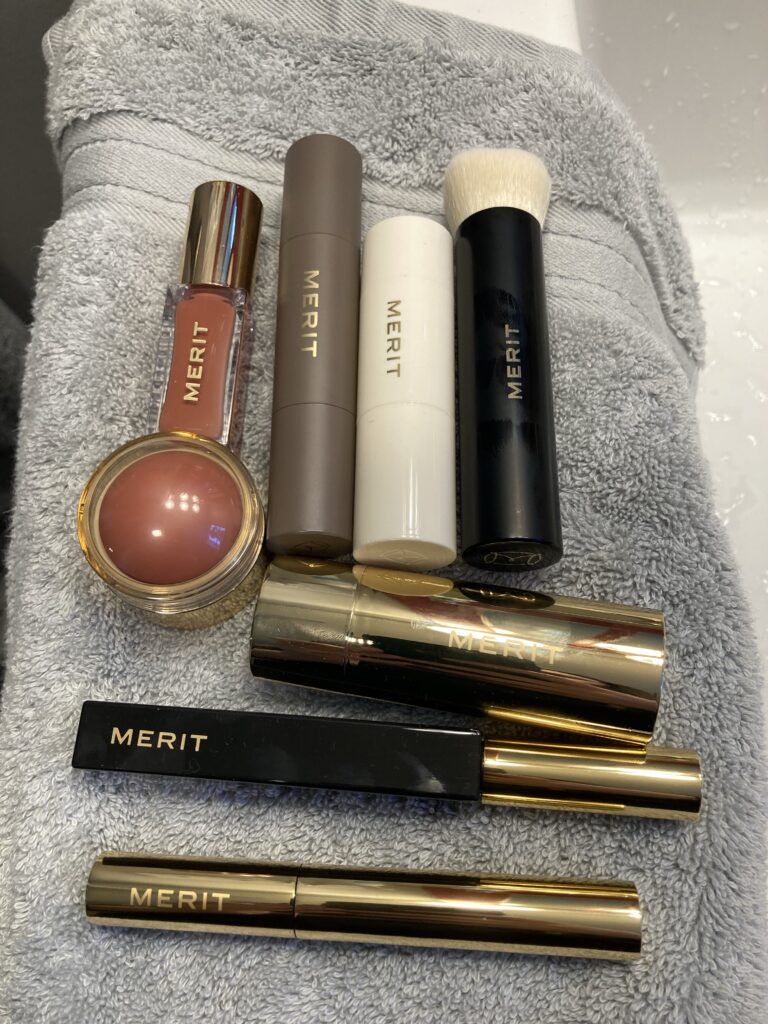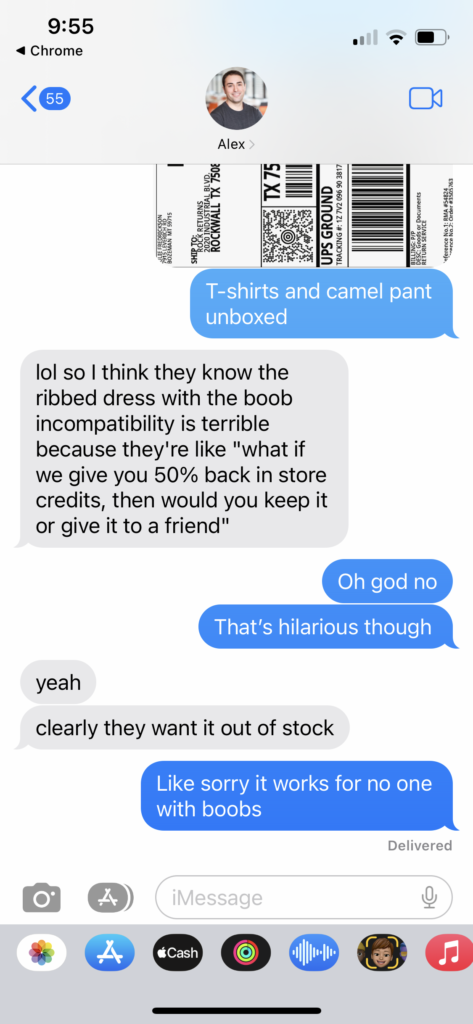My Black Friday purchases are slowly making their way from warehouses in Denver or St Louis or other parts unknown to me in Montana. When I placed the orders I was so excited for the good deals.
But instead I’m just finding new disappointments. Four out of six items I ordered from Splendid will have to be returned. A pair of pants from Lunya is simply made for someone taller than me. And the remaining pieces of the order from Nadaam still hasn’t shipped yet. I hope my new negligees from Skims don’t disappoint as my track record on soft goods isn’t looking so great. Failures all around.
I’ve also had a few issues with trying to order cosmetics. I do a big order with Briogeo once a year. It’s in transit during a very chilly day. It was 10 degrees when I woke up. And I’ll admit I’m concerned about receiving a complete frozen bottle of shampoo. And it is expensive shampoo too.
We’ve had this issue before. Ipsy and Allure monthly boxes show up half frozen in the mailbox for a day. A Sephora order went straight to our mailbox where it sat for two hours before I got the alert it has arrived. It was cold but not fully frozen. I am afraid to look up how much efficacy is lost if retinol is frozen. What about vitamin C? How bad is it to freeze your cosmetics?
Because we live out on country roads and outside the town limits, we find our packages are often delivered by men in pickup trucks doing piece work contracts. They are nice folks but there isn’t much they can do about an expensive skin cream freezing solid in their open pickup truck bed. I would try to buy things in person but we don’t have a Sephora here so that catalog order life remains how people get stuff in rural America.
I used to have concerns about melting cosmetics when I was in Colorado. So perhaps freezing is an improvement. But I’m definitely wondering if we will need climate controlled options for certain kinds of deliveries in future for items that need a moderate temperature band. It could be a brand issue to have your product not work because the chemical bonds got wrecked by extreme weather. And we are all about to get more extreme weather as a normal feature of daily life.


